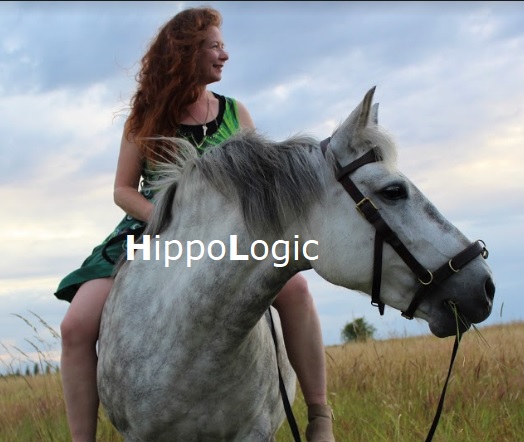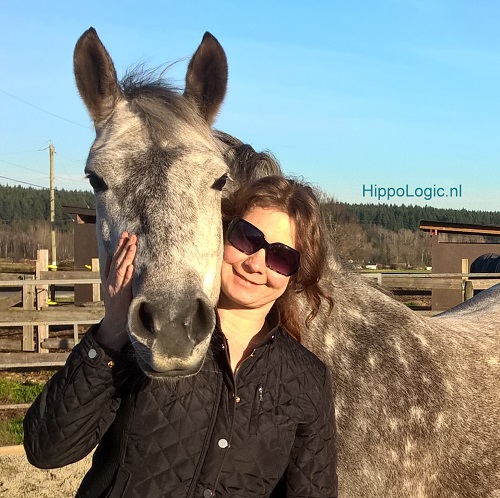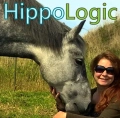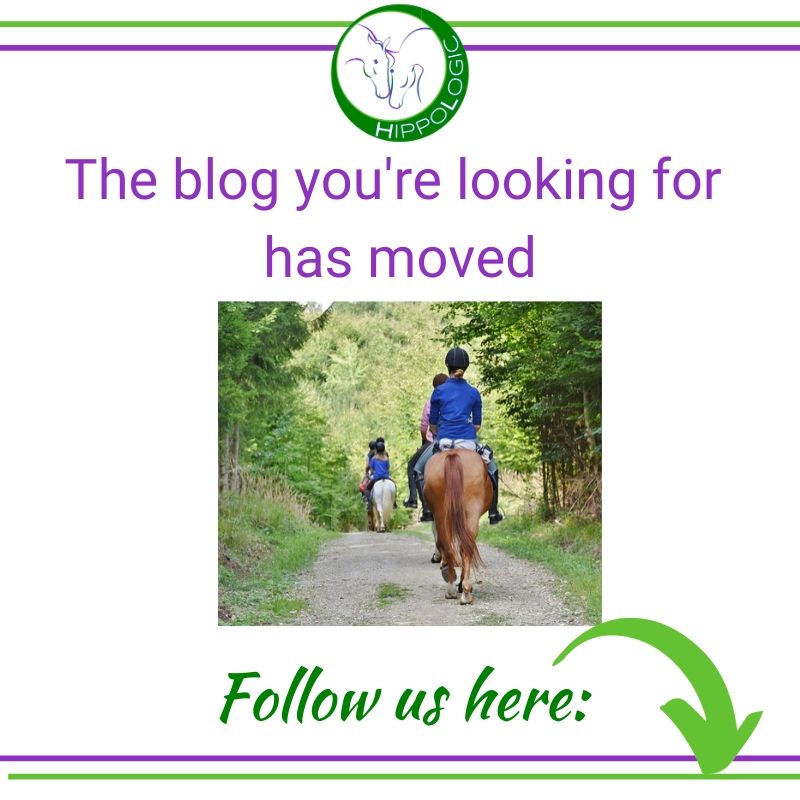Emotions are an important part of being with your horse. You have a horse because that makes you happy or that is how you’ve envisioned it, right?
In reality your horse does make your heart sing, and it can be difficult at the same time have a horse:

- You enjoy your horse if he’s happy and healthy
- You love watching your horse in the pasture
- It’s great to ride your horse
- You feel proud of what you’ve accomplished with him or together
- You love the relationship you built with your horse
There are also other emotions:
- You want your horse to behave in a certain way and if he doesn’t live up to that expectation you might feel anger, frustration, sadness, disappointment
- You worry about his well being if he’s sick or that he might become sick or injured
- You worry about the way you (can) keep your horse and if you’re doing the right thing to move him (or not)
- You worry about being accepted by other horse people
- You worry about not getting respected due to the way you train, keep, ride your horse
- You feel overwhelmed as (new) horse owner: so many ways to keep your horse, so many kinds of hay, pellets, bedding, training, trainers, opinions of everyone else and so on
Equine emotions and feelings
Then your horse has and expresses emotions and feelings, too.



- Fear in your horse
- Play
- Happiness
- Depression and unhappiness (hard to see and accept as owner!)
- Horses that are in pain
Pay attention
How do you handle those, the emotions and feelings of your horse? Do you recognize all of them or only some of them? Most of us never learned to pay attention to them.
When I expressed fear in riding lessons, I was quickly shut down. ‘Get over it’, ‘Just do it’ (jump over the jump, canter whatever I feared) and ‘Don’t be a wimp’, are things I was often told. I learned to suppress or at least shut up about my fears, frustrations and other negative feelings. What about you?

- How do you handle fear in your horse?
- Frustration: in your self and in your horse?
- Fear of failure?
- How can you turn this into a positive thing and grow?
That’s what this month theme is in the Clicker Training Academy. “Emotions in training’ is one of the Key Lessons, Your Key to Success in horse training. If you can recognize, accept and deal with them, you’ll be a better trainer. I would love to share a few of the insights here, too.
Frustration
Frustration is an easy one to prevent and to handle. Do you have a way to recognize this quickly (it all starts with awareness) and handle it?
What do you do when your horse is frustrated?
What do you do when you are frustrated in training?
These are questions that traditional training never answered but positive reinforcement comes with the solution almost instantly.
What do you do in order to prevent frustration in your horse when you load the clicker/bridge? You break it down and you encourage your horse to keep trying to find the answer by reinforcing him.
What is the jargon for it? This is called thin slicing or making a shaping plan What is that called in normal language? Take baby steps.
This is also true to prevent frustration in yourself. If you have a clear goal for today’s training and thought of what would be reasonable then you can think of the baby steps you can take to set you and your horse up for success.

My pitfall used to be that I had no clear goal (only a vague one) and then instead of feeling content if I (almost) reached my goal, I raised the bar! This is one way to create a feeling of failure and cause frustration, I can tell you!
It was only when I started to set a (small) goal and made a clear plan, that I really got results. I started to feel good about myself and my accomplishments. This is what I want for all my clients too. I see so much frustration and fear in horse owners. Yes, fear! This is a taboo, too: to feel afraid of your own horse. Even if it is sometimes or just briefly. It’s not accepted as equestrian. Well, I have strategies for those, too and I will be happy to share them with you.

Do you need strategies?

Let me know if you need strategies to handle fear in your horse or yourself, frustration, anxiety and other emotions that keep you from doing what you want to do or want your relationship with your horse to look like. You can ask for a strategy in the comment section or contact me directly. I am here to support you.
Join our Community
- Are you looking for professional positive reinforcement support?
- Do you need an affordable program?
- Do you want personal guidance and advice on your clicker training journey?
- Do you want to turn your equestrian dreams into reality, but you don’t know where to start?
If you have answered ‘Yes’ to one or more of the above questions look into one of the online programs HippoLogic has to offer.
Join the Clicker Training Academy for online positive reinforcement training tips, personal advice and support in training your horse.

Sandra Poppema, B.Sc.


 If your horse goes ‘over threshold’ due to trigger stacking it means the horse can’t coop with the stimuli (the unfamiliar or new thing in the arena, the fact that he can’t investigate, that he is forced to approach it and so on) and he goes into flight (sometimes fight) response in order to release the tension.
If your horse goes ‘over threshold’ due to trigger stacking it means the horse can’t coop with the stimuli (the unfamiliar or new thing in the arena, the fact that he can’t investigate, that he is forced to approach it and so on) and he goes into flight (sometimes fight) response in order to release the tension.





You must be logged in to post a comment.